Kayman’s Gate Bell Tower
A neglected bell tower in modern Colombo is a symbol of the city's colonial past.
Now largely neglected and overlooked by most passersby, the Kayman’s Gate Bell Tower in the Pettah district is a symbol of Colombo’s colonial history. The free-standing bell tower was built by the Portuguese in 1554 and later served as the site of public hangings.
During Colombo’s Portuguese era, Kayman’s Gate served as the east entrance to Colombo Fort, built to protect colonial trading interests in the city. When needed, a drawbridge was lowered from the gate, connecting the fort with the outskirts of the city.
Outside the gate lay St. John’s River, in reality, a canal connected to Beira Lake, into which much of the fort’s waste was dumped. This attracted the lake’s crocodiles, who swam up the canal to feed on the waste. When the fort was captured by the Dutch in 1656, Colombo’s new colonial overlords named the east entrance Kayman’s Gate after the crocodiles (kaaiman in Dutch) that swam in the canal.
During the Dutch period, the Kayman’s Gate bell tower was rebuilt and a new bell hung from the belfry. The bell likely came from a church in the Royal Kingdom of Kotte in Sri Lanka, abandoned in 1565 and later occupied by the Dutch. When the Dutch found the bell in the ruins of a church, they took it to Colombo and hung it in the new bell tower.
The bell, which still hangs in the tower today, is inscribed with “Ave gratia plena dominus tecum benadicta tu in mulieribus,” or “Hail full of grace the Lord is with thee, blessed art thou among women.” During the Dutch period, the bell was used to sound out the closing of the fort gates and to announce the nightly curfew.
Colombo was captured by the British in 1796, who took Pettah after breaching Kayman’s Gate. Under British occupation, the fort was all but leveled. Its walls, barricades, canals, and moats were demolished or filled in. Kayman’s Gate was demolished too, but the bell tower was kept in place to call the congregation to services at Wolvendaal Church. It was also used as the site of a far darker practice: up until the late 19th Century, the immediate area on which the bell tower now stands was used for public hangings.
Know Before You Go
Kayman’s Gate Bell Tower is located near a busy street corner at the intersection of Main and 4th Cross Street, in a ramshackle and often chaotic part of Pettah. Tucked away behind street stalls and a wire fence, and back-dropped by a bare concrete wall, it would be easy to miss if you didn't know of its existence. It's also largely neglected, and barely registers as a tourist attraction. That said, it remains an intriguing symbol of Colombo's colonial past and its history of foreign occupiers.

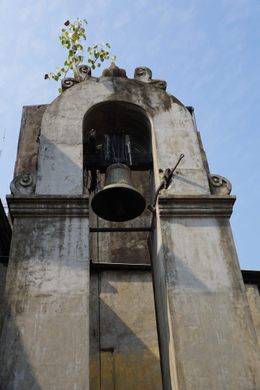
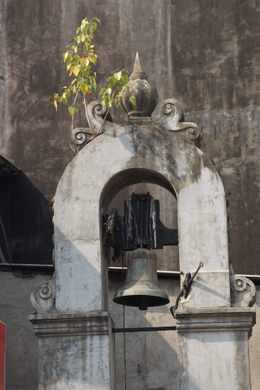
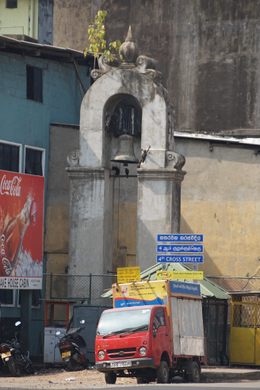
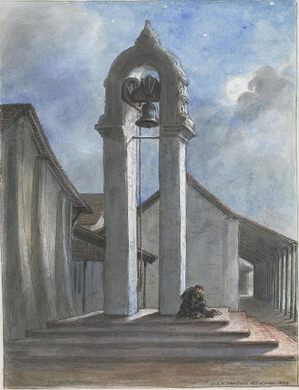
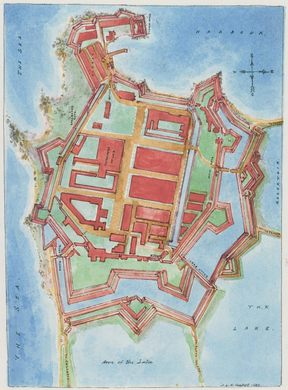


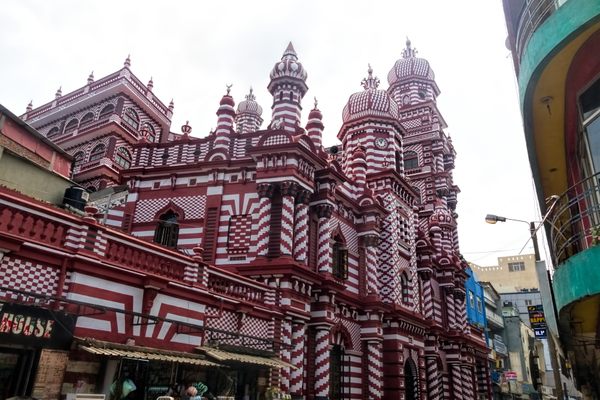
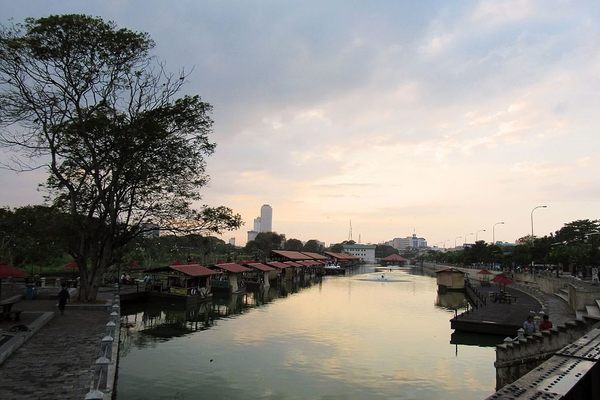

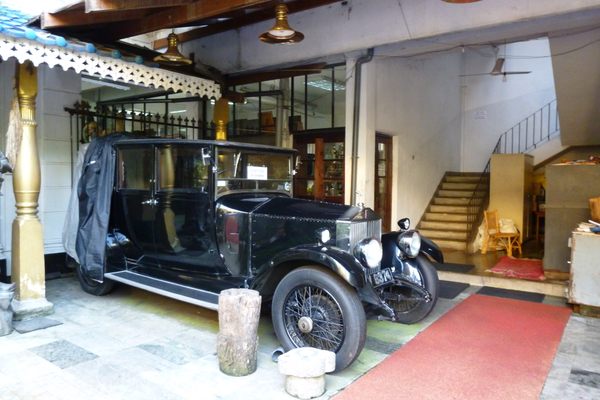

Follow us on Twitter to get the latest on the world's hidden wonders.
Like us on Facebook to get the latest on the world's hidden wonders.
Follow us on Twitter Like us on Facebook